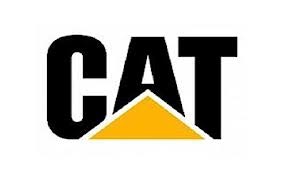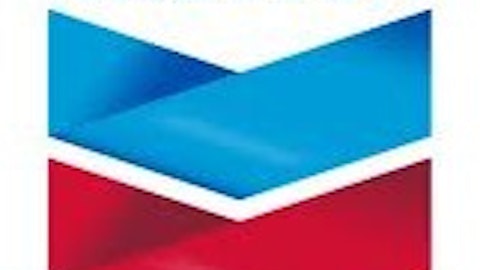Anyone who considers themselves a serious investor has no doubt heard of Ben Graham. A pedagogue to the world’s greatest investor, his ideas are as relevant now as they were 50 years ago. If you want to be a successful investor in common stocks, Graham is the man to study.
Graham classified investors as either defensive or enterprising. Enterprising investors are willing to devote countless hours to perfecting their stock picking skills. On the other hand, not as much effort is required from the defensive investor, whose chief concerns are freedom from worry and obtaining decent returns.
There’s nothing wrong with being a defensive investor. Being a student of the stock market is not for everyone. Defensive investors will not obtain the same results as enterprising investors, but their results should be satisfactory nonetheless.

#1: Adequate size of enterprise
Graham’s requirements for adequate size are likely out of date by now. But I think it would be safe to say that all three companies are of adequate size. If you’re looking for a minimum market cap to determine if a company is of adequate size, I would say $10 billion. Companies that large can usually survive severe economic storms.
#2: Sufficiently strong financial condition
To meet this requirement Graham proposed that a company have at least a 2-1 current ratio, and that long term debt should not exceed working capital. All three companies failed this test. Although to be fair to BHP Billiton Limited (ADR) (NYSE:BHP) and Chevron Corporation (NYSE:CVX), the requirements were intended for industrial companies.
Chevron Corporation (NYSE:CVX)’s current ratio of 1.6 is well above the petroleum industry average. Its total debt-to-equity ratio of 0.1 is well below the industry average. Suffice it to say that Chevron is positioned well financially relative to its competitors.
BHP Billiton Limited (ADR) (NYSE:BHP) and Caterpillar Inc. (NYSE:CAT) have current ratios that are well below their respective industry averages. Both companies have debt-to-equity ratios that are about in line with respective peer companies. BHP and Caterpillar are not positioned as well financially as Chevron Corporation (NYSE:CVX) is, but both companies are still on solid financial ground.
#3: No earnings deficit in the past ten years
All three companies have posted positive earnings in each of the past 10 years. Over the past 10 years, BHP Billiton Limited (ADR) (NYSE:BHP) has generated, on average, $10.87 billion in profits, with 2003 profits of $1.94 billion being the lowest of any year. Profits for Chevron Corporation (NYSE:CVX) over the 10 year period averaged $17.7 billion, with 2003 profits of $7.23 billion being the low mark. Average profits from Caterpillar Inc. (NYSE:CAT) were $3.06 billion, its low year was 2009, with profits of $895 million.
#4: Continued dividends for at least the past 20 years
In the world of dividends, stability always trumps yield. And dividends that have been paid in every quarter during the last 20 years are about as stable as they come. The dividend histories of Chevron Corporation (NYSE:CVX), Caterpillar Inc. (NYSE:CAT), and BHP Billiton Limited (ADR) (NYSE:BHP) are shown in the following chart.
CVX Dividend data by YCharts
All three companies have given money back to shareholders in every year out of the last 20. This means yields from Chevron, BHP, and Caterpillar are among the most reliable in the world of stocks. Chevron Corporation (NYSE:CVX) currently yields 3.2% with a 27% payout ratio. Caterpillar Inc. (NYSE:CAT) yields 2.9% with a 33% payout ratio. And BHP Billiton Limited (ADR) (NYSE:BHP) yields 3.6% with a payout ratio of 38%.
#5: Ten year growth of at least 1/3 in per share earnings
For this test I calculated the 10 year growth rate by comparing the average diluted EPS for the 2000-2002 period to the average figure from the 2010-2012 period.
All three companies pass this test with flying colors. Caterpillar Inc. (NYSE:CAT)’s earnings per share have increased by 262% over the past 10 years. For BHP Billiton Limited (ADR) (NYSE:BHP) earnings per share growth over the past decade exceeded 1,000%. And Chevron Corporation (NYSE:CVX)’s 10 year earnings per share growth rate was 303%.
#6: Price no more than 15 times average earnings of past 3 years
Once again I used diluted earnings per share in my calculations. All three companies pass this test. The ratio for BHP was 9.23, for Chevron Corporation (NYSE:CVX) 10.47, and for Caterpillar Inc. (NYSE:CAT) 11.89.
#7: Moderate ratio of price to assets
Graham stated that you should not pay more than 1.5 times net asset value for a stock. But there is an exception to that rule. The exception is this: P/E ratios of below 15 enable you to pay correspondingly more for assets.




